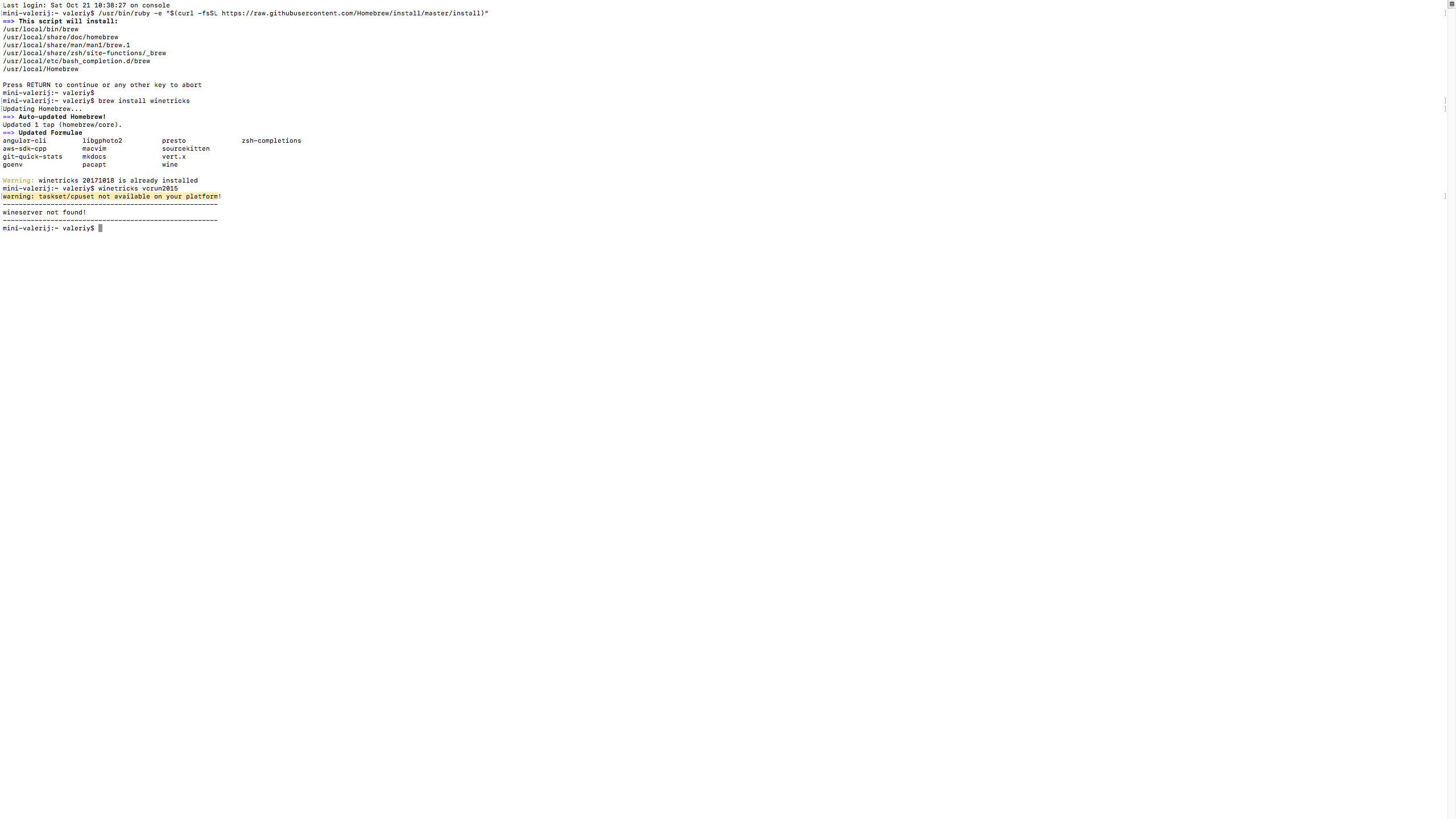
Below are some Homebrew Cask commands to help you with installing and uninstalling GUI apps/casks. Unlike installing regular packages (or command-line tools), installing graphical apps with cask requires you to use a slightly different set of commands.
#Homebrew install mac upgrade
When you want to upgrade a package to its latest version:īrew uninstall package_name 2. If you want to learn more about any package, check out Homebrew Formulae. To do this, open the Terminal app and run your commands using the following syntaxes.

#Homebrew install mac download
If you want to install a command-line utility/formulae on your Mac with Homebrew, you’ll need to use brew. Installing MongoDB 6.0 Community Edition Tap the MongoDB Homebrew Tap to download the official Homebrew formula for MongoDB and the Database Tools, by running. Installing Command-Line Utilities With Homebrew Note: Homebrew packages are referred to as formulae, whereas Homebrew Cask apps are called casks.ĭepending on what package you want to install on your Mac - command-line utility or graphical app - you’ll need to either use Brew or Brew Cask for the installation. Homebrew facilitates device transferability, which makes migrating Homebrew packages from your current machine to a new machine quick and easy.The package manager reduces unnecessary clutter on your storage by removing all the associated files related to a program when you uninstall it on your Mac.It gives you the ability to bulk install, update, and delete apps at once to save you time and effort.Homebrew offers an easy app installation, updation, and deletion process that relies on using just the macOS Terminal app and a bunch of Homebrew commands.While it’s not part of the default PATH, you’ll need to create a /.zprofile file that has a command for setting up Homebrew. On Apple Silicon Macs, Homebrew installs to the /opt/homebrew folder. The following list highlights some of its advantages over the traditional method of installing, updating, and uninstalling apps: On Intel Macs, Homebrew installs to the /usr/local/bin directory, so you don’t need to take any extra steps to set it up. There are several advantages to using Homebrew for managing utilities and apps on your Mac. So you can use it when you want to install, update, or remove graphical apps on your Mac, such as Google Chrome, VLC, Spotify, Atom, etc.Īll your installed Homebrew packages live under /usr/local/Cellar and are linked to /usr/local/bin to make it easier for you to find and launch GUI-based apps right from the Applications directory, just like any other GUI app on your Mac. Not just that, Homebrew also has an extension, called Cask (or Homebrew Cask), to help you with the management of GUI-based apps. It allows you to install, update, and remove programs (apps/utilities) on your Mac right from the command-line and provides access to various command-line utilities, including git, wget, nvm, and openssl. Homebrew is a free and open-source package manager for macOS and Linux operating systems.

#Homebrew install mac mac os

Installing Packages from Other Repositories


 0 kommentar(er)
0 kommentar(er)
